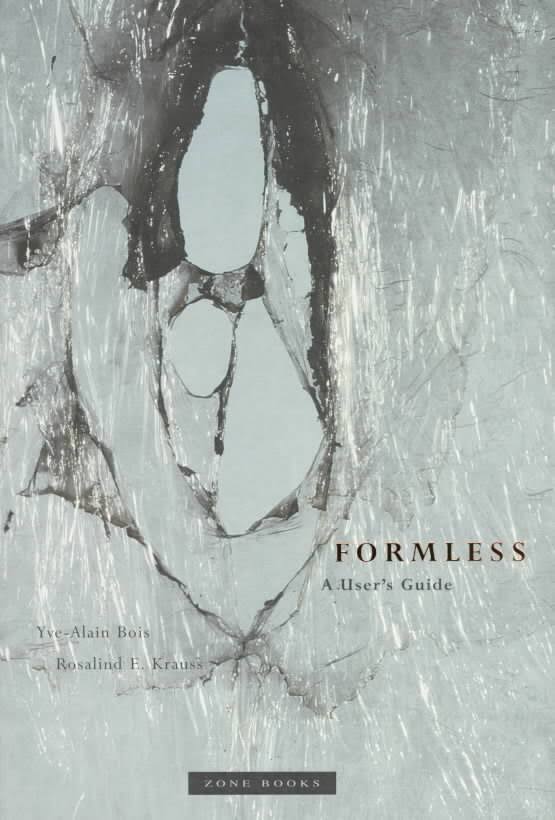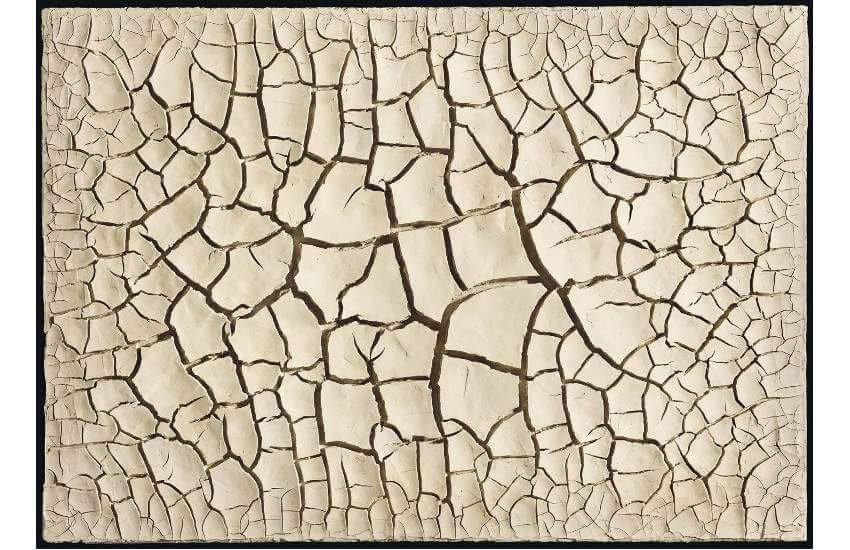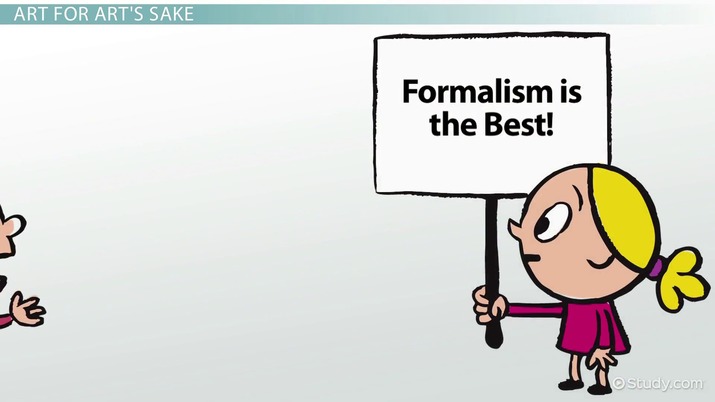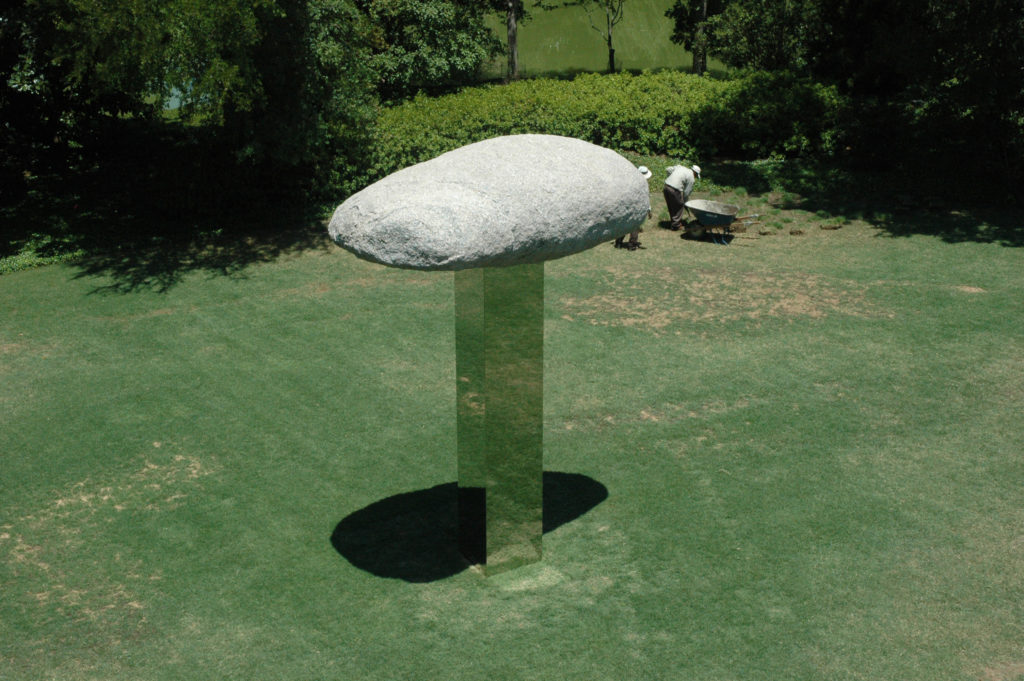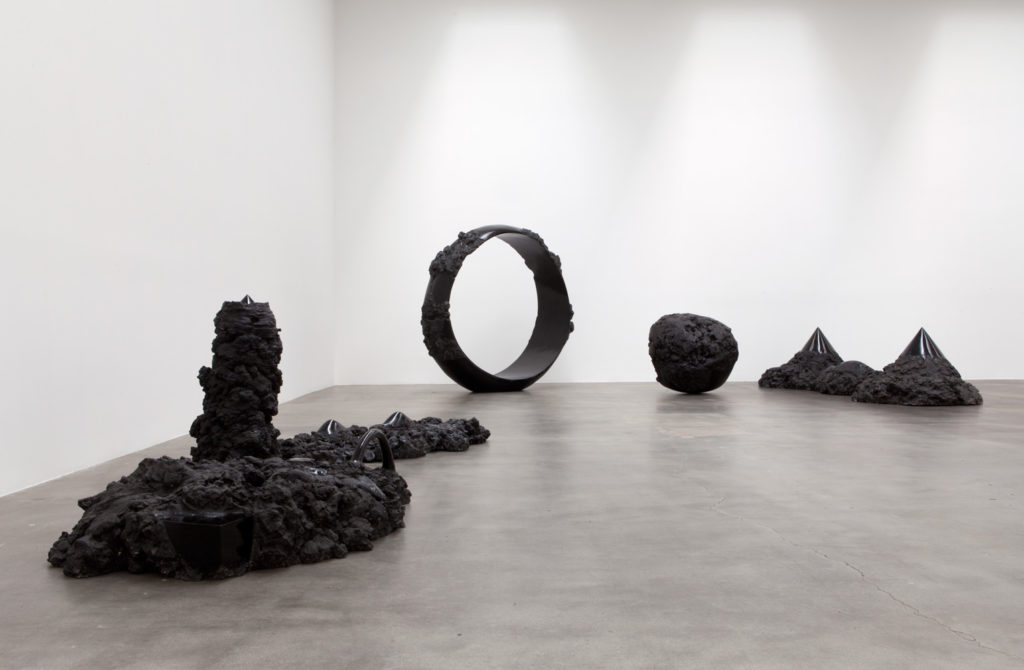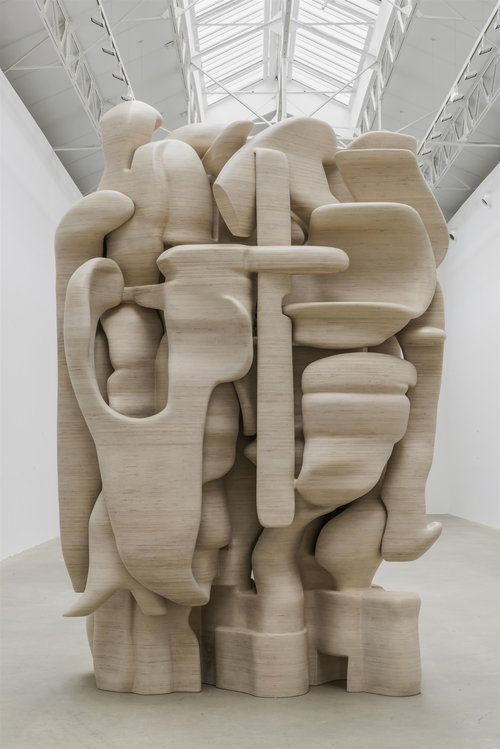
Artist : Tony Cragg
Year : 2012
Size : 50x220x300 cm
Media : Wood
connection between this artwork and my practice:
The first reasons that I have collected this item was the title and the form of the artwork.
Cragg has a strong connection with the making process and his use of material. He states that making is a path way for his life. Each of his works leads him to new forms and new idea to make new work and express new emotions.
He is informed by the materiality of the material he uses – but he intervenes and sculpts with his own formal values. he pushes the materials he uses to do something and become something that wasn’t thought to be possible. he uses traditional materials in constructional – different way.
Similarity of my ideas to his, comes together when he says: ” Good ideas don’t make good art necessary”. Making is not only one unique decision, through making we make many decision and express many ideas. It’s a combination of thoughts that happen during time, combination of different emotions and feelings create a unique form.
Recently In my research, I have thought a lot about why I try to create new forms? and why something as a unique formless and nonrepresentational form specifically. Looking at his work I think I found some answers to my questions . His work is unique and not boring for me, even though he has some form which is figurative or representational but because he combines these forms with other forms to create a new conversation.
Sculpting is moving and forming material, experimenting with the material. it is important to mention, he constantly works and combines forms, making something quite organic, voluminous and curved with so many layers out of something as structured as wood. it looks so planned out with sections and mapping and highly processual. I believe that makes him impressive.

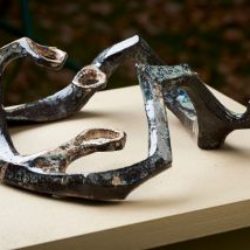
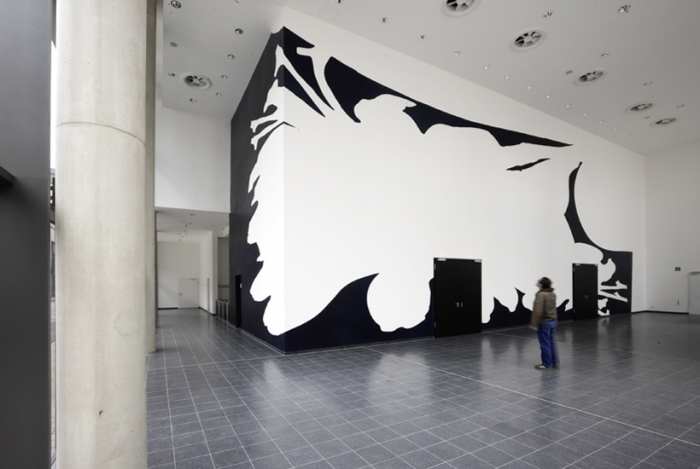
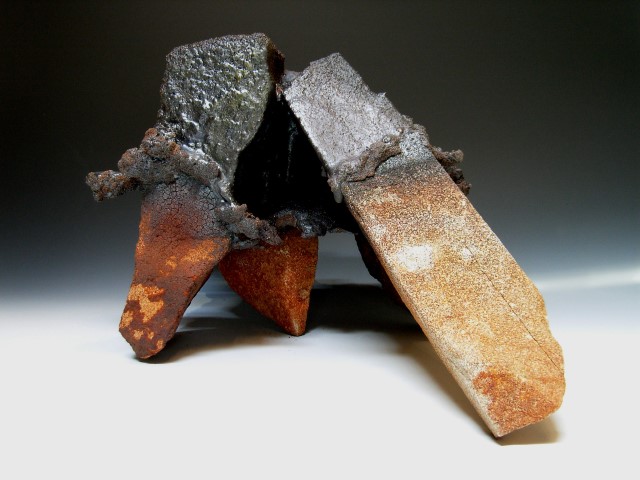
.jpg)
